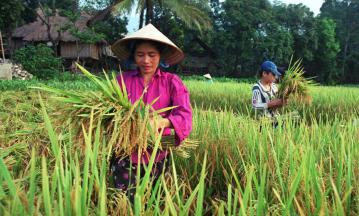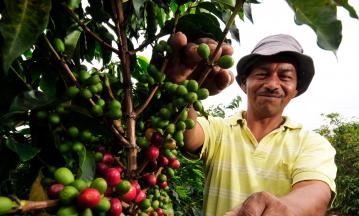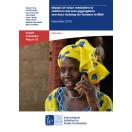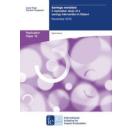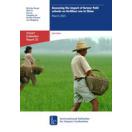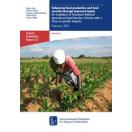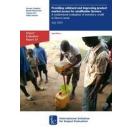Agriculture
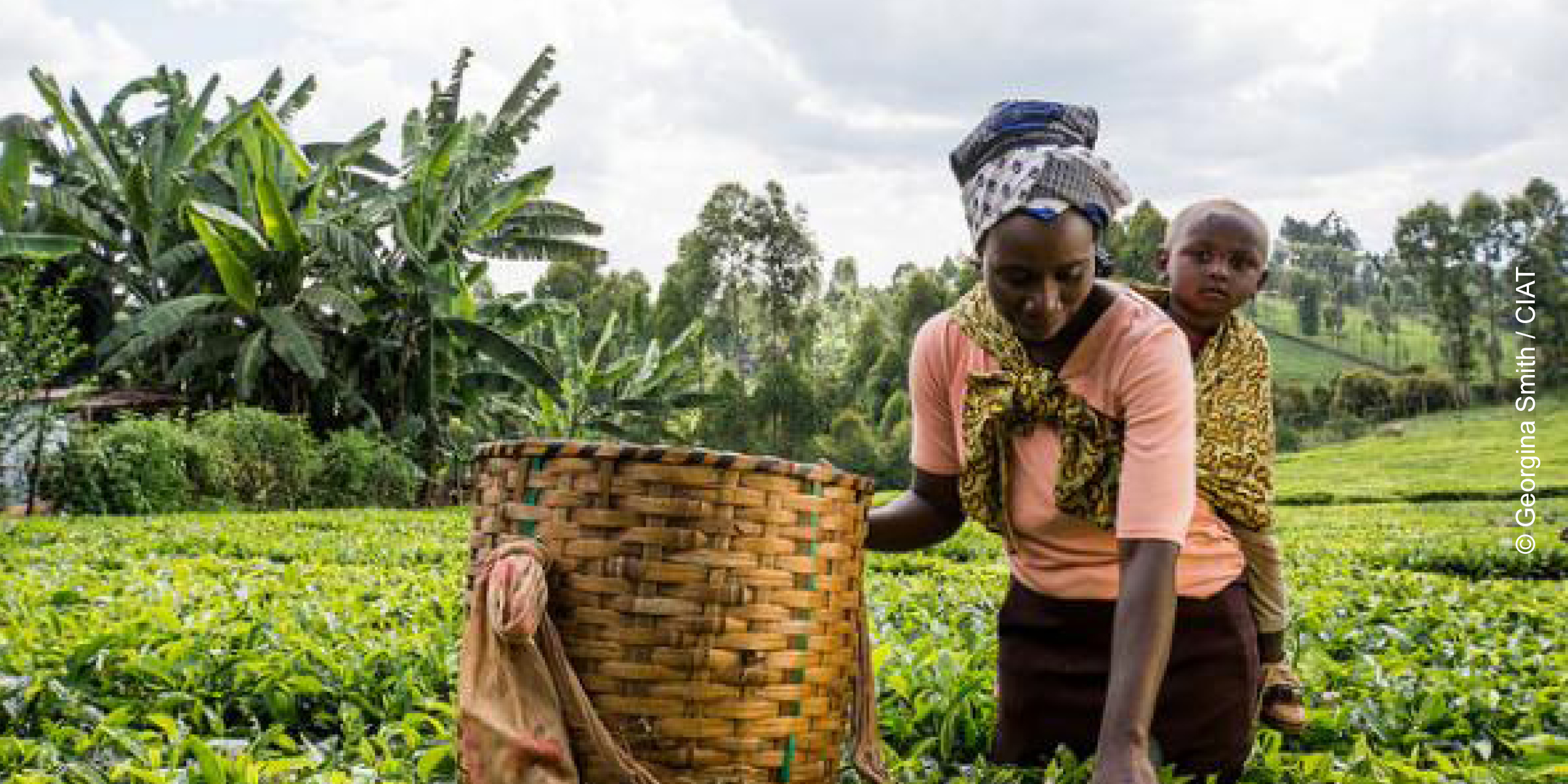
To help address gaps in the understanding of what works and what does not, we fund a variety of studies across this programme area, including interventions focused on insurance, extension, land-use and forestry, and innovation and technology.
For more information, please write to info@3ieimpact.org. To receive alerts about call for proposals, please sign up here.
